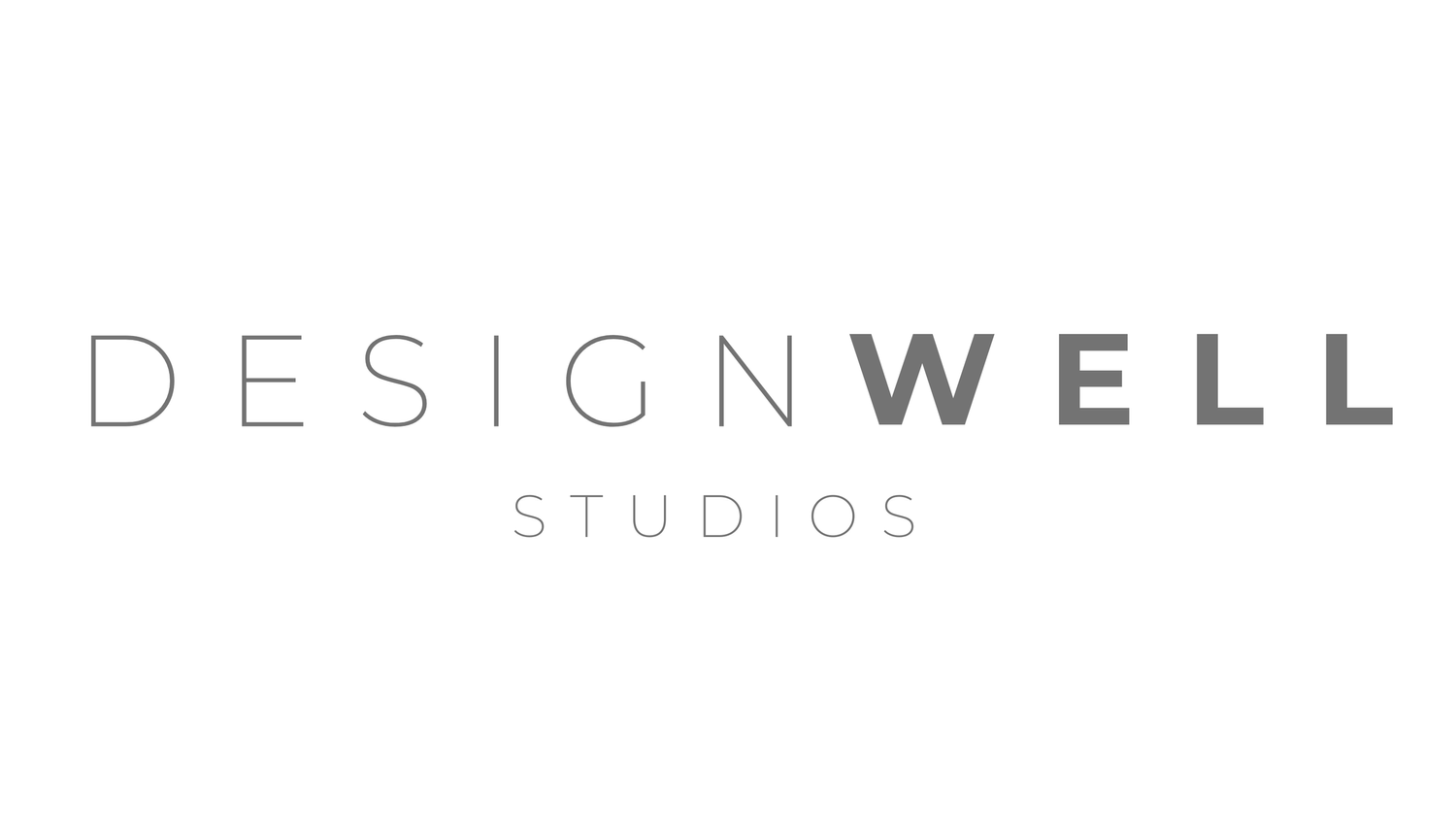Do this before renovating
What to Know Before Renovating with Chemical Sensitivities
How to Plan a Healthier Remodel Without the Overwhelm
Renovating your home can be exciting—but for people with chemical sensitivities, chronic illness, or environmental triggers, it can also feel intimidating, even risky. Conventional building and design materials often contain hidden hazards like volatile organic compounds (VOCs), formaldehyde, flame retardants, pesticides, and synthetic fragrances—all of which can cause serious symptoms in sensitive individuals.
At DesignWell Studios, we specialize in creating spaces that support health and healing, using science-backed practices and non-toxic materials. Whether you’re planning a small upgrade or a full-scale remodel, here’s what you need to know to protect your well-being and feel empowered throughout the process.
1. Start with Awareness: Your Home May Be a Hidden Source of Exposure
Before you begin a renovation, it’s important to understand how your current environment may already be affecting your health. Toxins can hide in paint, insulation, cabinetry, flooring, adhesives, and even dust. Many symptoms—including fatigue, headaches, respiratory issues, rashes, brain fog, and sleep disturbances—can be linked to poor indoor air quality or toxic exposures.
👉 Action Step: Take our Environmental Wellness Quiz to uncover hidden risks in your home and identify areas to prioritize in your remodel.
2. Create a Chemical Sensitivity-Friendly Renovation Plan
If you live with Multiple Chemical Sensitivity (MCS) or similar conditions, even low levels of exposure can cause flare-ups. That’s why it’s essential to build a renovation plan that considers timing, ventilation, product selection, and your recovery space. You may need to temporarily relocate or stage the renovation in phases to reduce exposure.
👉 Action Step: Develop a timeline that includes detox and airing-out periods for materials. Use HEPA filtration and ventilation strategies throughout construction.
3. Choose Non-Toxic, Tested Building Materials
Not all “green” or “eco” materials are safe for people with sensitivities. Look for third-party certifications and consult experts who can guide you toward vetted products. We recommend AFM Safecoat® for paints, primers, and sealers—it’s one of the most trusted brands for chemically sensitive individuals.
👉 Action Step: Ask for product Safety Data Sheets (SDS) and look for labels like Greenguard Gold, Declare, or Made Safe. We can also help you pre-screen samples to avoid reactions.
4. Test Before You Build: Understand Your Home’s Current State
Before bringing in new materials, it’s important to know what you're starting with. Hidden mold, VOCs, EMFs, or water contaminants could be compounding your health challenges and impacting your baseline tolerance. Contact about testing in the Portland, Or area or check out our professional DIY kits in our shop!
👉 Action Step: Schedule a Building Wellness Assessment or onsite environmental testing to identify mold, air and water quality issues, or electromagnetic hotspots in your home.
5. Work with Subcontractors Who Respect Your Needs
Many contractors are unfamiliar with chemical sensitivities or wellness-focused practices. Misunderstandings can lead to unsafe shortcuts or unintended exposures. Education and clear communication are essential.
👉 Action Step: Create a “healthy home protocol” for your team. We offer a customizable template you can share with your GC and subs—outlining approved materials, job site practices, and ventilation needs.
6. Take a Supportive Approach to Renovation
Renovation stress can be amplified when you’re managing illness or recovery. Your home is your sanctuary—and when it’s disrupted, it can feel deeply personal. Having a team that understands the emotional and physical stakes can make all the difference.
👉 Action Step: Build in space for rest and recovery throughout the process. Choose professionals who listen deeply, respect boundaries, and understand the importance of reducing reactivity, not just reactivity triggers.
7. Work with a Wellness-Focused Designer
People with chemical sensitivities often face dismissal or disbelief. At DesignWell Studios, we take your health seriously and work compassionately to create spaces that support your wellness, not just your style.
Michelle Ifversen, founder of DesignWell Studios, is a certified integrative health practitioner and building wellness expert with over 15 years of experience supporting individuals and families navigating environmental illness, chronic conditions, and sensitivities. She understands the toll this journey can take—and offers thoughtful, science-informed guidance that prioritizes your well-being and goals.
👉 Action Step: Partner with a professional who specializes in wellness design and understands the complexities of MCS, chronic illness, and trauma. It’s not just about materials—it’s about feeling safe, seen, and supported.
Let’s Build a Home That Truly Supports Your Health
We believe your home should feel like a place of safety, comfort, and renewal. With the right planning, materials, and support, renovating with chemical sensitivities isn’t just doable—it can be transformative.
Whether you’re remodeling one room or starting fresh, DesignWell Studios is here to guide you with clarity, compassion, and expertise.
Ready to talk?
✨ Book your free 15-minute Healthy Home Discovery Call and let’s start designing a home that helps you breathe easier, feel better, and live more fully.
References:
U.S. Environmental Protection Agency (EPA): Indoor Air Quality Basics
AFM Safecoat: Healthier Building Products
Mayo Clinic: Multiple Chemical Sensitivity
Building Biology Institute: Principles of Building Biology

